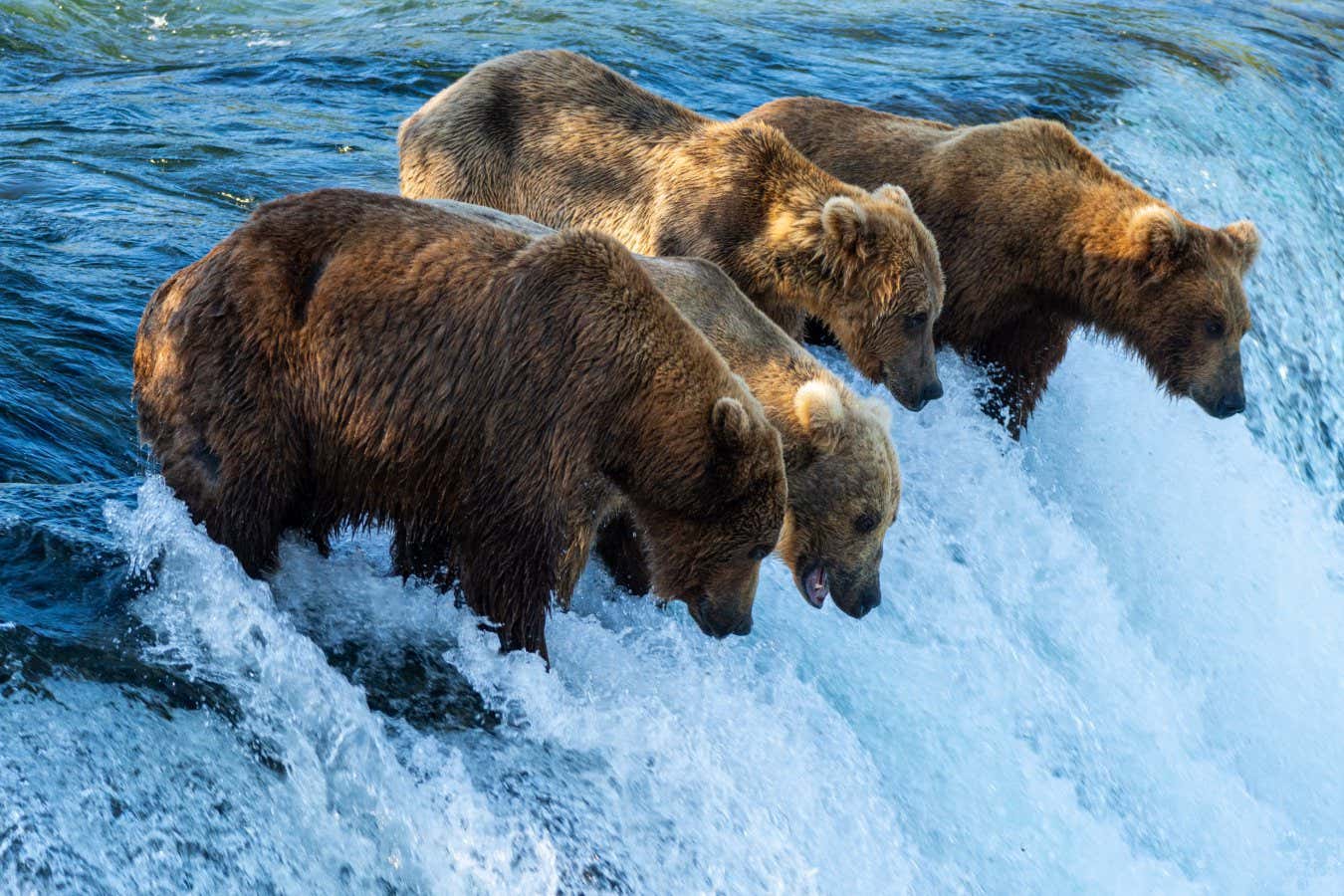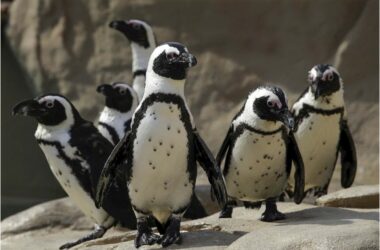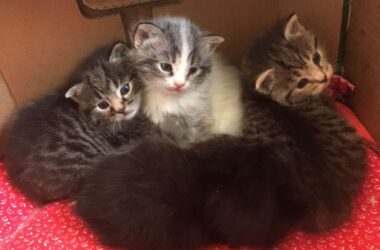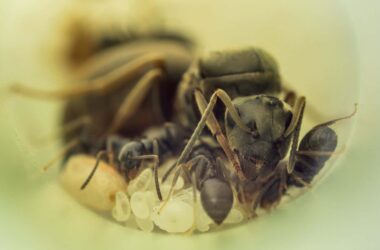Every year, the brown bears in Katmai National Park and Preserve in Alaska go through an amazing transformation. In just a few months, they are able to double their weight. This spectacle of feasting has been celebrated since 2014 as Fat Bear Week, thanks to the efforts of the park’s social media team.
But how do the bears know when it’s time to bulk up? In late summer, the brown bears enter a phase called hyperphagia. This phase is triggered by shorter days, hormonal shifts, and the abundance of salmon. Each year, a salmon migration runs through the park’s rivers during the summer and early autumn. A single salmon provides about 4,000 calories, and the largest bears can eat up to 40 salmon a day, totaling a staggering 160,000 calories. In just a few weeks, males can gain up to 230 kilograms and weigh up to 540 kilograms before hibernation begins in late October or early November.
To maximize their feeding efforts, the brown bears gather around Brooks Falls, where they catch salmon leaping upstream. However, their diet isn’t limited to fish. These bears have voracious appetites and will eat almost anything, including grasses, berries, and even clay, which may aid in digestion.
Once the bears are satisfied, the changing conditions of longer nights, cooler temperatures, and the end of the salmon migration signal them to return to their dens. During this time, they enter a state similar to deep sleep called torpor. They do not eat, drink, or defecate from November through April. Their metabolism and heart rate slow down, and their body temperature drops from 37.7°C to around 31°C. They only take about one breath per minute. These bears experience torpor rather than true hibernation because their body temperatures do not drop significantly, and they can wake up briefly to move around their dens.
When the brown bears emerge in the spring, they have lost around a third of their body weight. However, they maintain their muscle mass and bone density, which increases their chances of survival.
Insights:
- The annual Fat Bear Week celebration in Katmai National Park highlights the incredible ability of brown bears to double their weight in a short period of time.
- The bears’ hyperphagia phase is triggered by factors such as shorter days, hormonal shifts, and the availability of salmon.
- The salmon migration provides a significant source of calories for the bears, with a single salmon containing about 4,000 calories.
- Males can gain up to 230 kilograms in just a few weeks, reaching a weight of up to 540 kilograms before hibernation.
- The bears congregate around Brooks Falls to catch leaping salmon, but they are opportunistic eaters and consume other food sources as well.
- During the torpor phase, the bears do not eat, drink, or defecate. Their body temperature drops slightly, but they can wake up briefly and move around their dens.
- The bears lose around a third of their body weight during hibernation without significant muscle loss or bone density reduction.








